When I was a child, I was not fully aware of the meaning of the procession taking place in my little hamlet on Good Friday. The only thing that I knew was that I was really impressed by the people setting up the small lights from the early afternoon, the silence in the Church and the quite scary atmosphere during the procession itself. Growing up I understood the meaning beyond it, and yet the sacred, dark, silent and mystic atmosphere still remained.

The tradition of the procession during Good Friday is part of the Christian belief, but in Le Marche we have also some real enacted Passion. Last year our fellow blogger joined the Passion Play in Sassoferrato, that dates back to 1954. It takes place in the upper town centre of Sassoferrato, the so-called “Castello”, with its old and narrow streets and stairs that offer the perfect natural stage for this play. If you remember that one time when we went on a visit to Sassoferrato, with our friends from Happennines, we mentioned that this play is definitive something worth seeing.
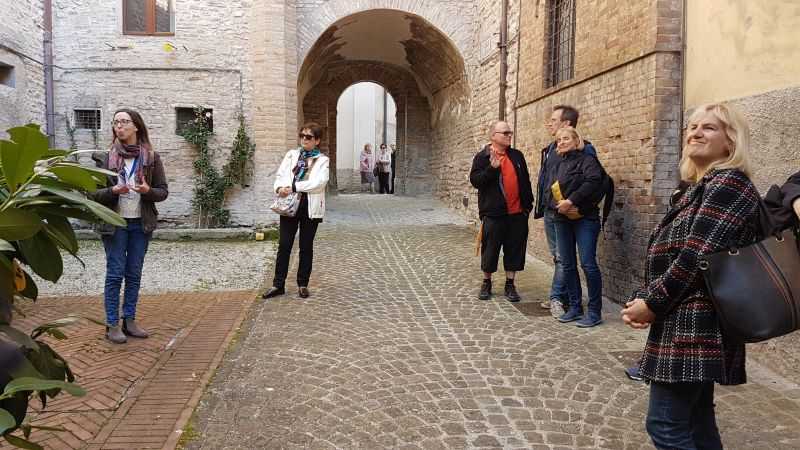
The staging is very complex for a community of just 7000 people, since around 100 actors are involved, plus countless helpers who take care of technology, costumes, scenery and security. It feels like the whole place is involved. We cannot really talk about only one stage, as there are 8 different locations where the Passion take place, and the audience is literally following the moving crew.
Elke was lucky enough to enjoy a guided tour with Happennines, a delicious meal at “Sergio”, one of the restaurants that offer special menus during Holy Week, and even a “Behind the scenes of the Passion Play” tour, also led by Happennines.
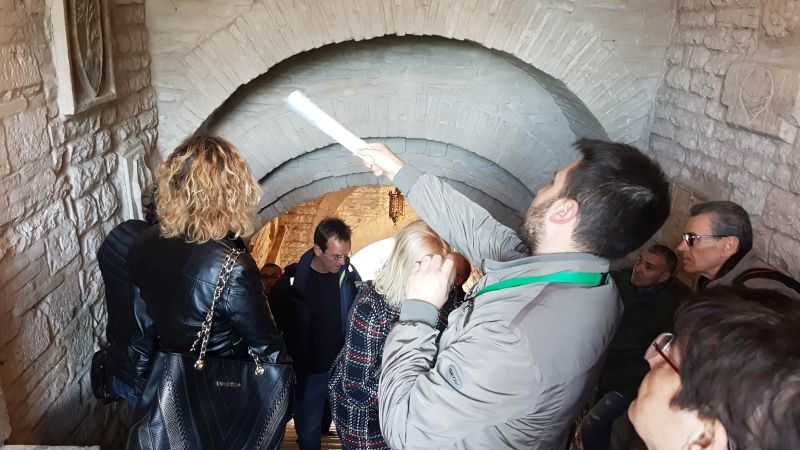
During the guided tour the tourists got to see the various performance venues and various items of the performance in the Church of San Francesco, in front of which the crucifixion was to take place at the end. As Elke left the church she met a dynamic, handsome young man with a tracksuit and sports bag… did she realize he was meant to play Jesus some hours later?
In the former church of San Giuseppe there was also an exhibition of the costumes and photographs of previous performances and a chat with the costume maker was also entertaining.
Another quick look at the Palazzo dei Priori, where the central changing rooms for the performance were provisionally furnished in today’s archaeological museum and where things were very lively.
The play starts once the evening has set down (remember the dark I mentioned at the beginning) and the faint yellow-orange light of the village lights are on. When Jesus and his disciples finally entered through one of the city gates from the left and went to the first backdrop, the Mount of Olives, the audience, which had grown rapidly, became quiet.
The performance continued with the audience following it: from the Mount of Olives to the Council of High Priests and then to the Prefecture of Pontius Pilate. At another station, Jesus met the Madonna and the pious women to finally take up the cross and walk the Way of the Cross to the Church of San Francesco (from the 13th century), accompanied by a large crowd of actors and spectators. On the way he met Veronika, who handed him the sweat cloth, and Simon, who helped him carry the cross.
The subdued, calm, and devout atmosphere is incredible thinking about how many people are there. Finally, the crucifixion scene on Golgata was performed on the stairs in front of the church. Elke remembered how the representation is realistic: with heavy blows, the nails were apparently driven into the cross, which then appeared against the backdrop of San Francesco and slowly rising above the heads of the audience.
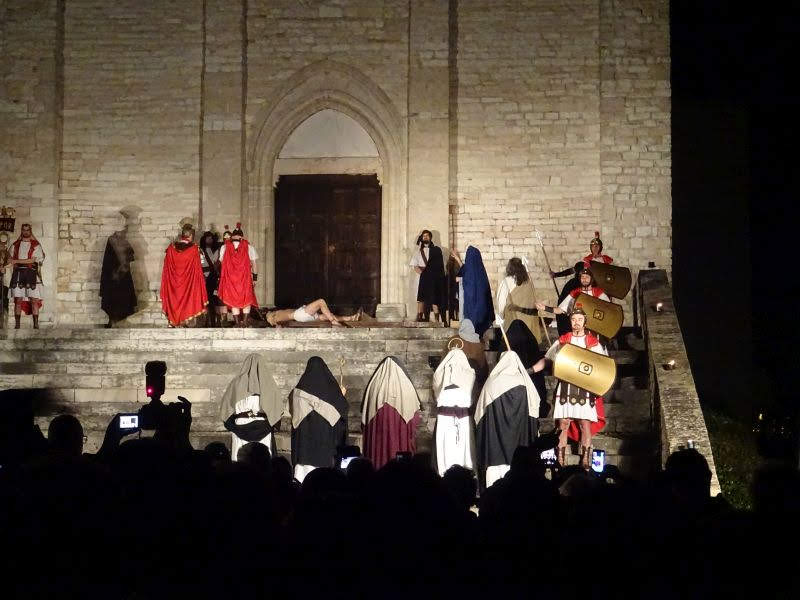
I once attended another play like this one, and I must say that I totally felt the same way as Elke did. You may not be very religious, but the reality of the scene is really striking.

Jesus was removed from the cross and brought to the Church of San Francesco to symbolize the burial. After a while the portal of the church opened again, and the body of Christ was carried out on a canopy bed from the blazing light that shone from inside the church. The light reconciled and symbolically anticipated the resurrection at Easter.
This was where the passion game ended and the crowd dissolved almost silently, but very quickly, since it was almost midnight and already quite cold.
The Passion Play (the “Rappresentazione della Passione Christi”) takes place every 2 years, that is, first again in 2021, then in 2023, and so on. Admission is free.
There is a three-minute film on Youtube that very well reflects the stages of the passion play and the atmosphere:
For information about the program, times, supporting program there is a dedicated Facebook page (mostly in Italian, sometimes with English translations and especially with great, professional photos of past performances), or you can consult the website of the tourist office or that of the very dedicated tour operator Happeninnes, based in Sassoferrato.
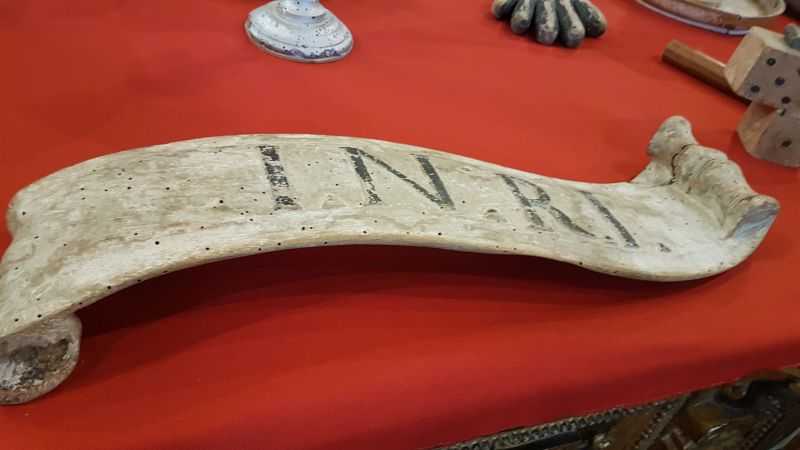
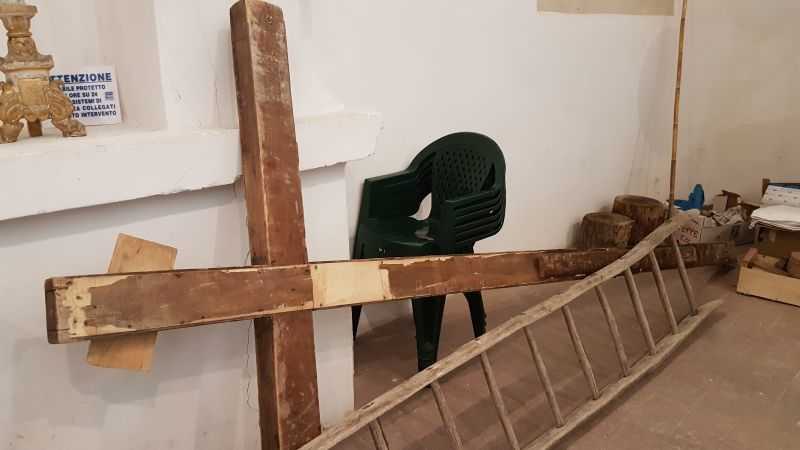
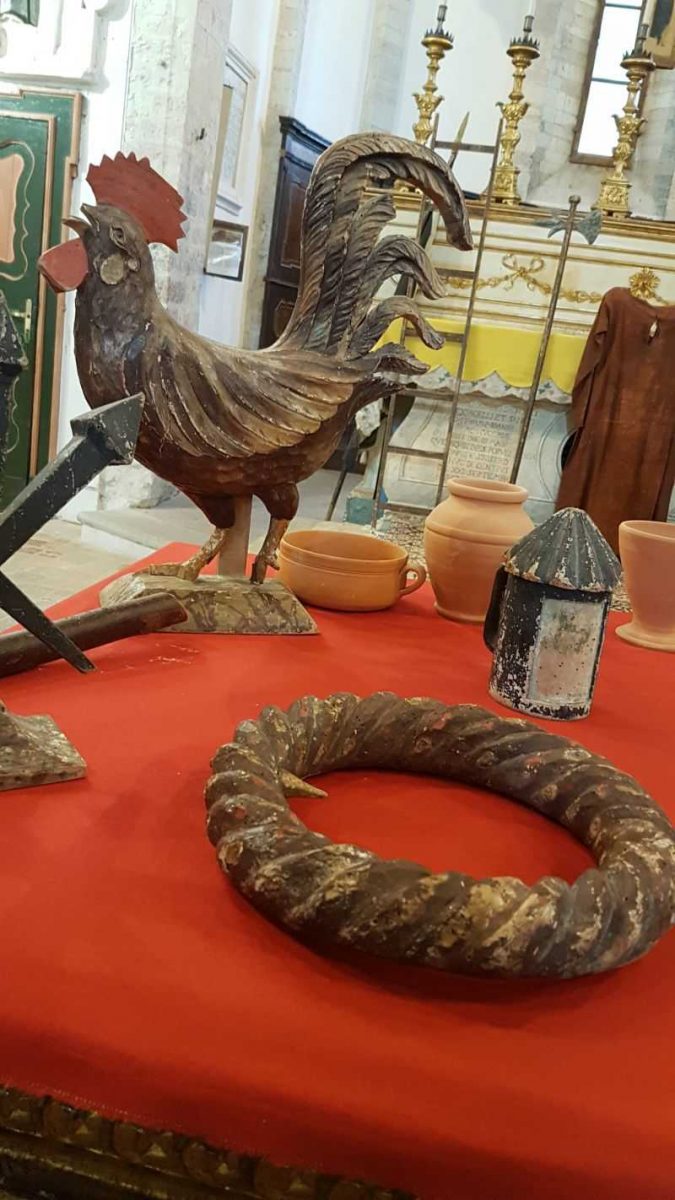


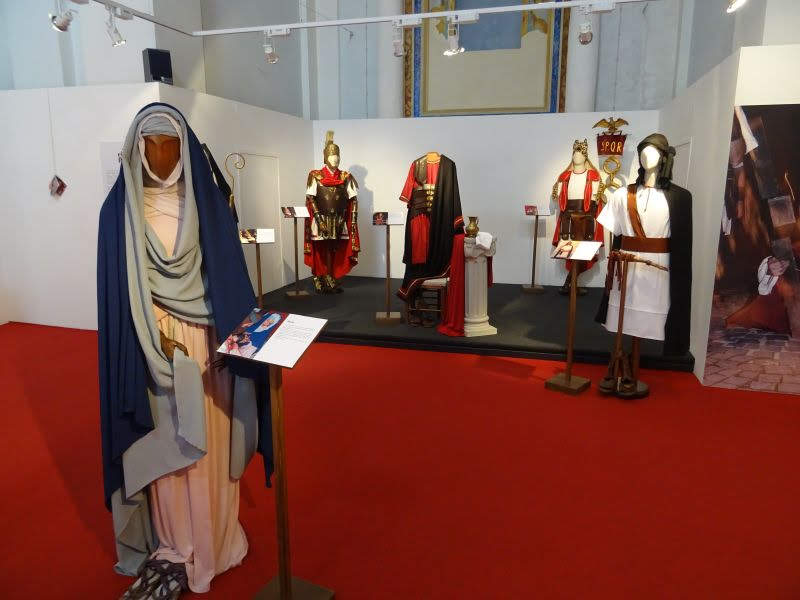
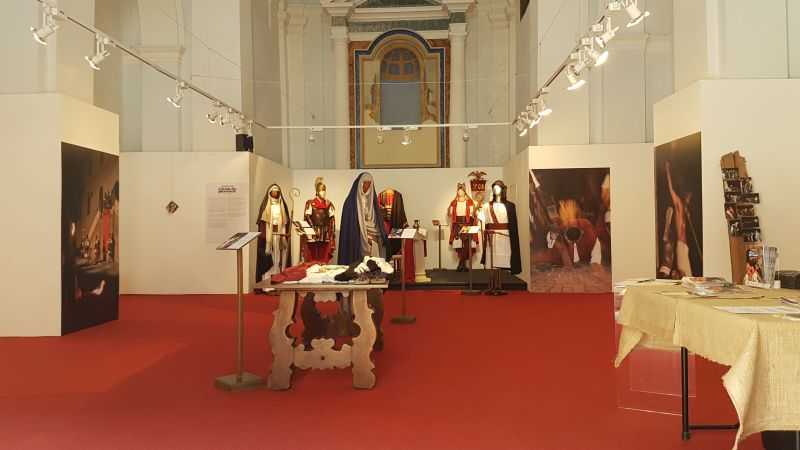
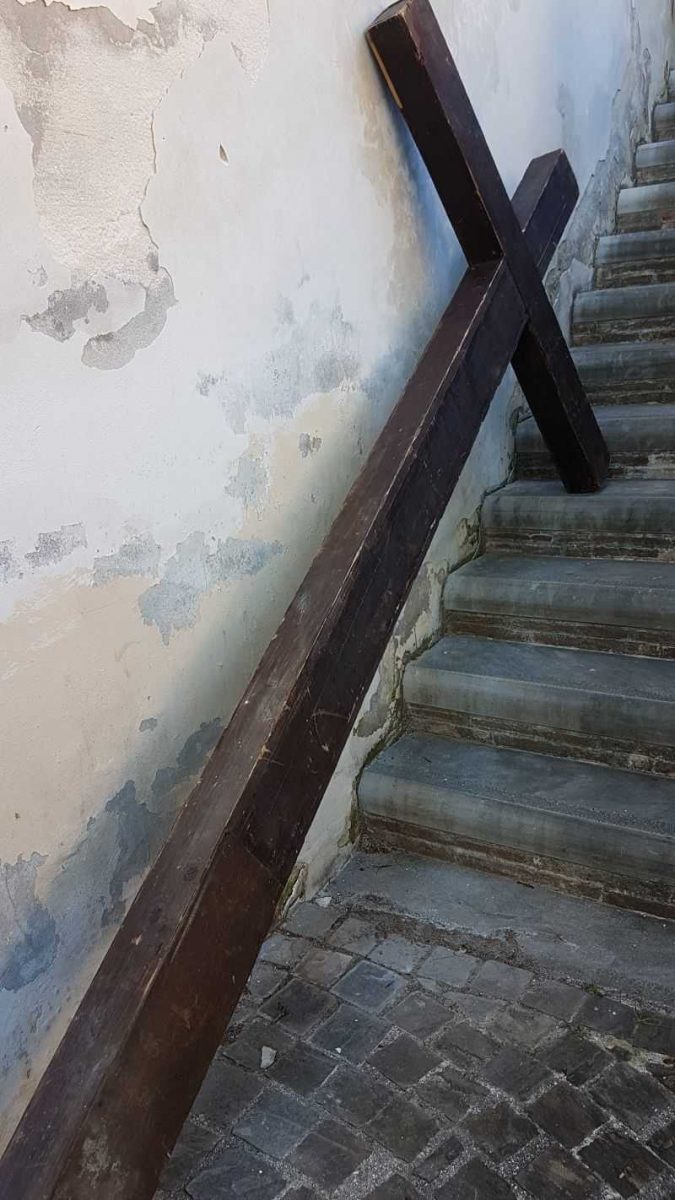

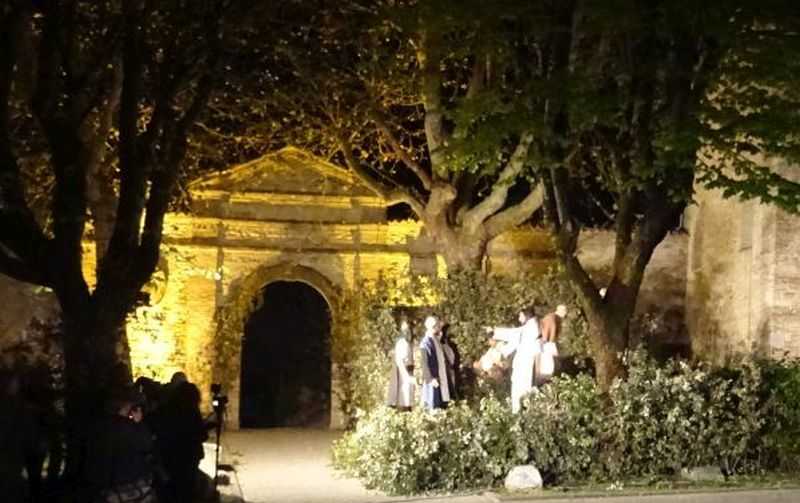
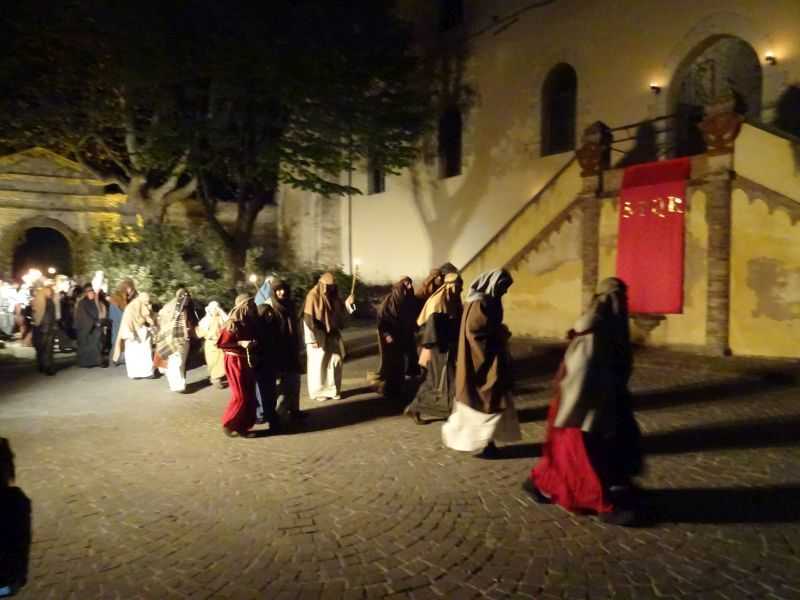

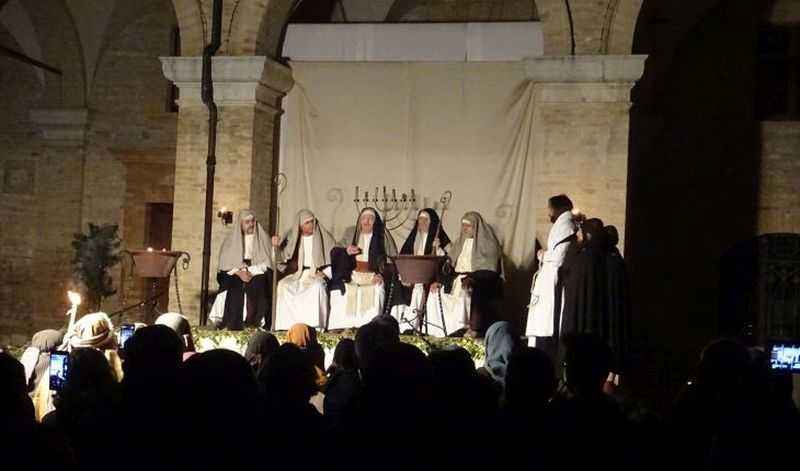
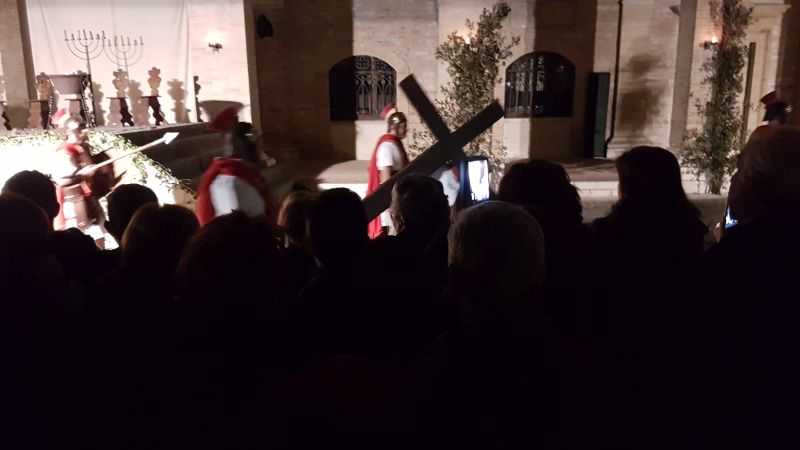


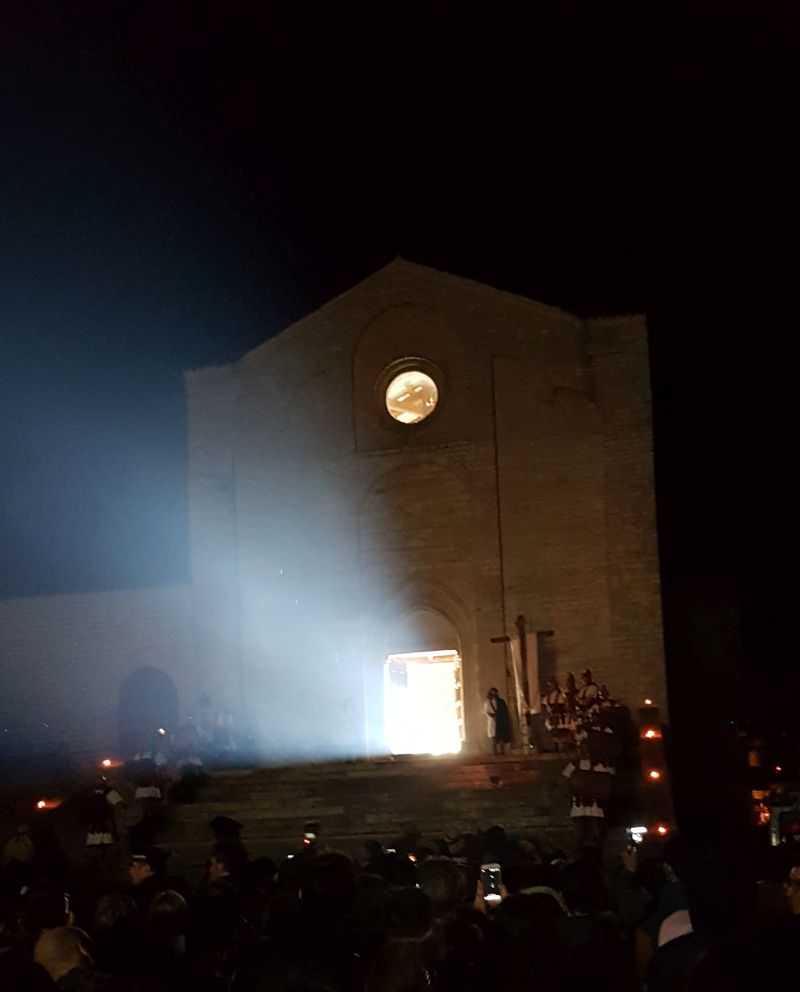

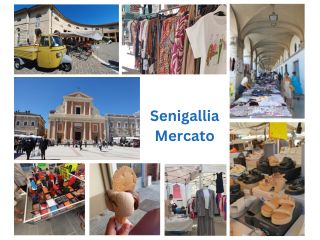


0 Comments